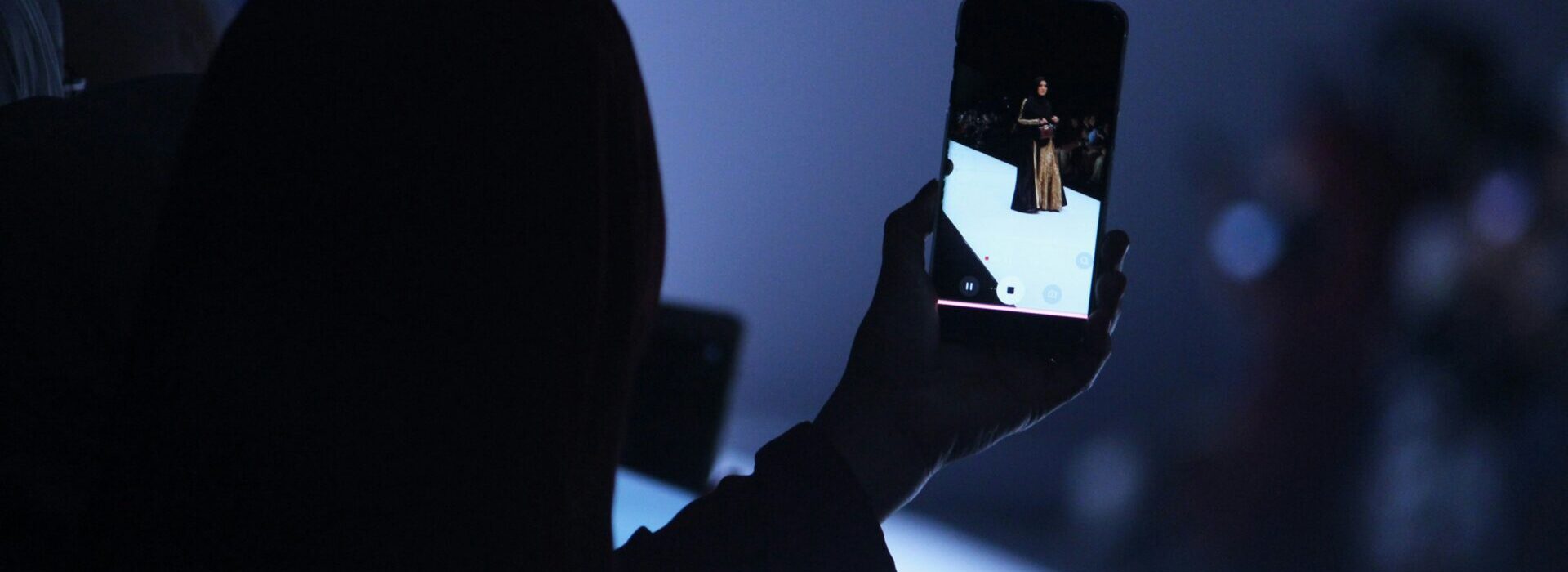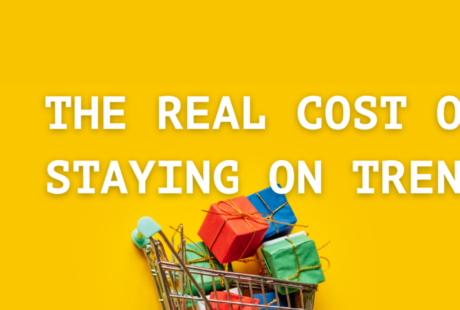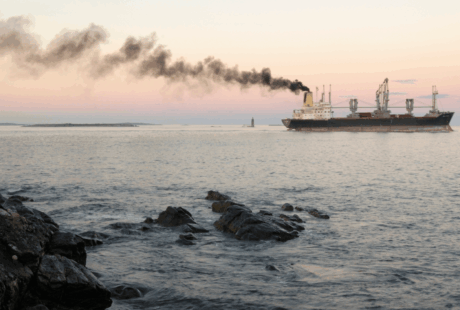Fashion Month is in full swing, serving as a seasonal reminder of an industry that continues to flood billions of microplastics into the ocean each year. Displays like Iris van Herpen’s, that created looks inspired by and made from the beauty of the ocean, connect the fashion industry to the many human pressures on the ocean. Art imitates life, but beneath the surface, marine life is suffering the consequences of careless clothing production.
70% of textiles produced today are synthetic, shedding large quantities of microplastics into the environment, and accounting for 35% of total microplastics released into the ocean. This makes the fashion sector one of the largest global sources of microplastic pollution. These plastic fibres are difficult to filter and are accumulating in our ocean, rivers, and even our bodies. The dispersion of synthetic fibers and fabrics – think nylons, polyesters and acrylics – is not only the result of wash and wear, but starts at design and production.
While the industry largely ignores this massive ecological impact, some pioneers are already designing cleaner alternatives. These innovators prove that a clean fashion future is possible now.
As the world’s second-largest producer of textiles and garments, India’s textile industry is a global force. According to the United Nations Industrial Development Organisation, the country produces billions of dollars’ worth of textiles and apparel each year, employing 45 million workers and thousands of factories. The EU imported more than US$5.4 billion worth of garments from the nation in 2024. But while much of that trade relies on synthetic fibres, chemical dyes, and lightning-fast production cycles, small brand Livbio is rejecting the idea that pollution is just part of business and is offering a radical alternative: Their garments are made from organic cotton grown through regenerative farming, coloured only with plant-based dyes, and free from synthetics, meaning no plastic, no synthetic fibre shedding, no ocean pollution. In a global fashion economy still hooked on petro-textiles, Livbio is planting the seeds needed for transformative change.
In 2024, a social media trend drove interest in faux fur coats up 18%. By winter 2025, runway looks containing faux furs jumped 420% across Fashion Weeks in Paris, New York, Milan and London. First touted as an ethical alternative to natural fur, faux fur is now contributing to the plastic pollution nightmare, with synthetic fibers shredding into microplastics that choke marine life. But is the only alternative reverting to archaic and cruel genuine furs? Not according to Ecopel, the business creating low-shed, bio-based faux fur alternatives that luxury fashion houses are lining up to use. Ecopel is pushing furry fashion into a new era. Its KOBA line, first launched in 2019 with 37% corn-based ingredients (made in collaboration with Stella McCartney, the designer behind plastic-free sequins), marked a step towards partially bio-fabricated fur. Now they are going further with a fully bio-based, 100% plant-derived version made from PLA – a compound already trusted in the biomedical field with similar qualities to plastic. Combined with recycled fibres and toxic-free dyes, these innovations ensure that the ever-churning trend cycle doesn’t come at the expense of the ocean.
Now, isn’t that glamourous?
Clean design should be the rule, not the exception. Urgent policy action from the European Union can set a new standard across the continent. The Ecodesign Regulation is an opportunity to design microplastic pollution out of fashion and out of products on the European market. Disruptors such as Ecopel and Livbio show us that eco-design is possible and it’s already happening.
If the EU takes up the challenge to scale-up the innovations already leading the way, and creates strong policies to finance and reward sustainable design, we can finally turn off the tap of microplastics from textiles. Let’s stem the tide of microplastic pollution and use this Fashion Week as a reminder that fashion can be beautiful and responsible.
Posted on: 30 September 2025



